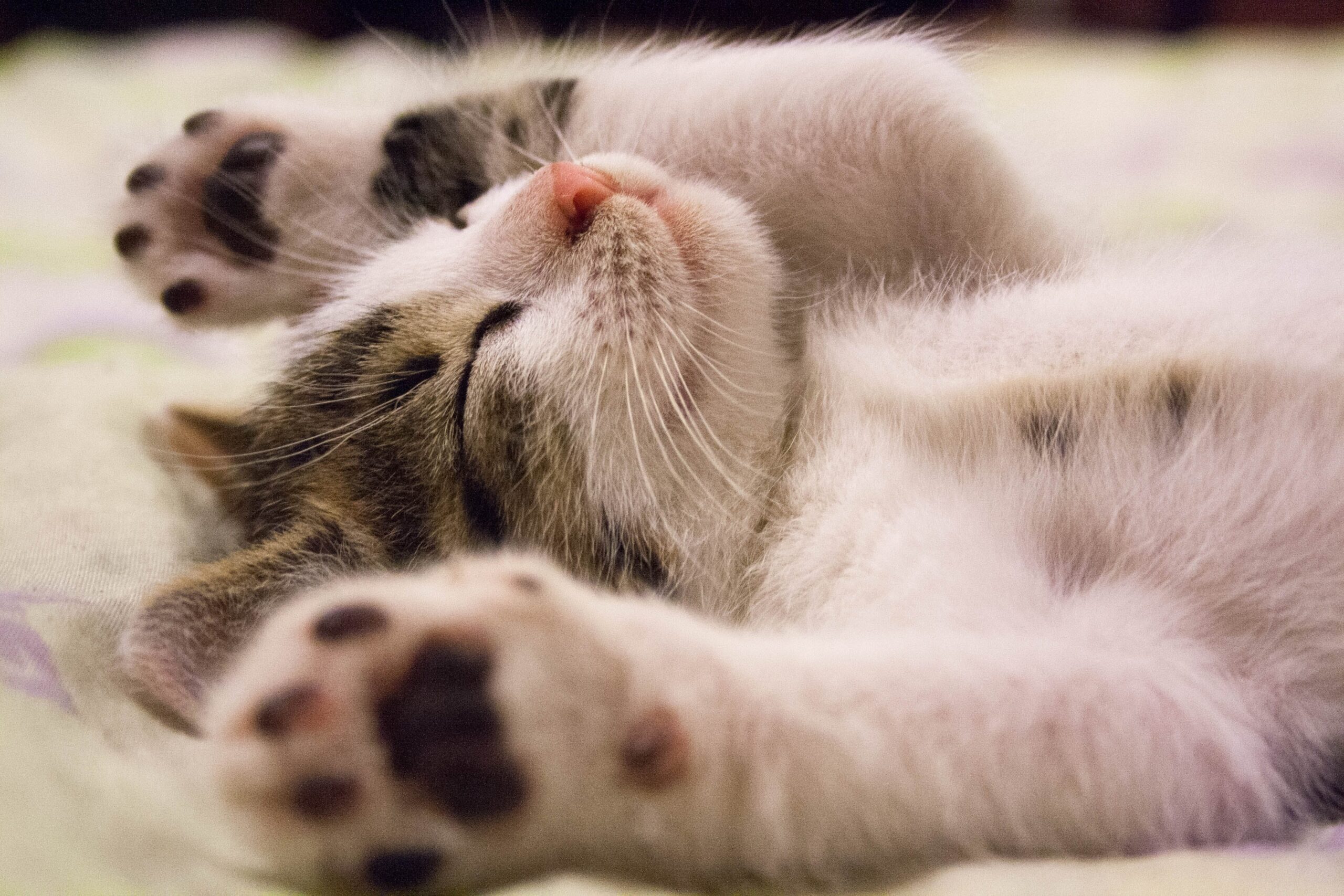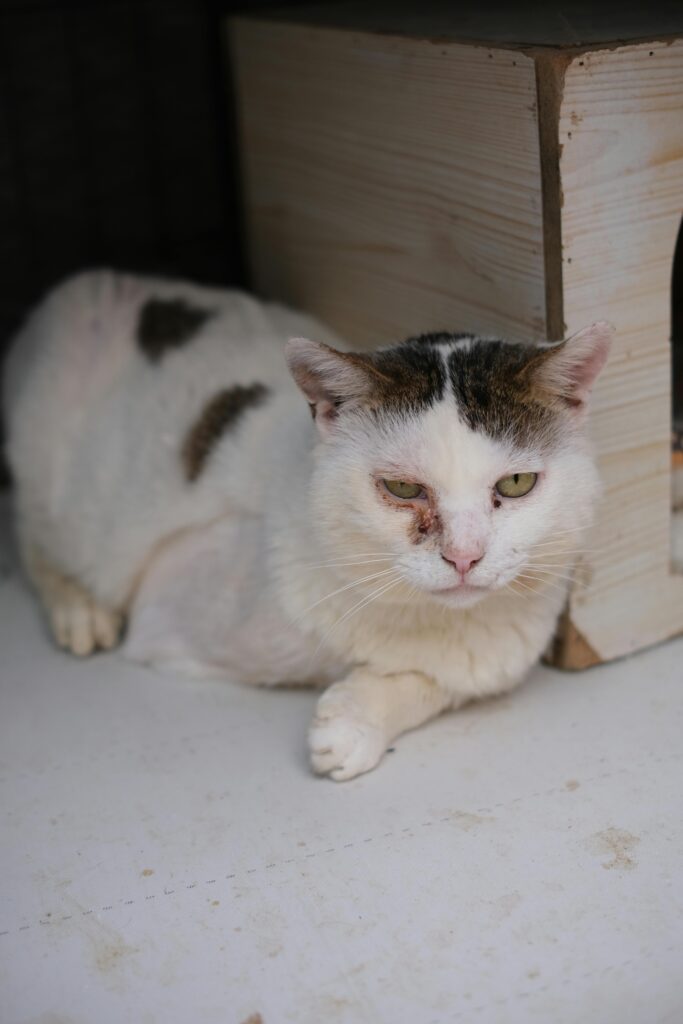
Cat Infectious Diseases: Signs, Symptoms And Treatment
As an owner, we should have to take care of our pets. Vaccination is best method to prevent your pet either it’s dogs, cat, horse, parrot etc. But, we will discuss today about cat different viral infections. Cats are vulnerable to a range of viral illnesses that can negatively impact their well-being. Among the prevalent viral illnesses in cats are:
Feline Panleukopenia:
Feline panleukopenia often known as feline distemper, is a highly transmissible viral illness brought on by the feline parvovirus.
Signs and symptoms:
Fever, diarrhea, vomiting, drowsiness, and a reduction in white blood cells are among the symptoms.
Treatment:
Antibiotics to stop subsequent infections, hydration therapy, and symptomatic treatment are all part of the treatment plan.
Feline Herpesvirus:
The feline herpesvirus is the source of feline viral rhinotracheitis, a respiratory illness.
Signs and symptoms:
Nebulous discharge from the nose, conjunctivitis, fever, and appetite loss are among the symptoms.

Treatment:
In order to treat the cat, supportive care is provided, including antiviral drugs, antibiotics to stop secondary infections, and comfort measures.
Feline Calicivirus:
Another calicivirus-related respiratory illness that affects cats often.
Signs and symptoms:
Oral ulcers, nasal discharge, sneezing, fever, and lethargic behavior are some of the symptoms.
Treatment:
The mainstay of treatment is supportive care, which focuses on controlling symptoms with painkillers, fluids, and antibiotics for bacterial infections that are secondary.
Feline Immunodeficiency Virus (FIV):
A lentivirus that, like HIV in humans, gradually impairs a cat’s immune system.
Signs and symptoms:
Fever, Weight loss or loss of appetite. enlarged lymph nodes. disheveled coat, poor appetite, diarrhea, inflammation of the gums (gingivitis), dental disease, skin redness or hair loss, wounds that don’t heal, behavior change.
Treatment:
As there is no known cure for FIV, the focus of therapy is on symptom management and preventing subsequent infections in order to preserve the cat’s quality of life. Antibiotics for infections and supportive care may fall under this category.
Feline Leukemia Virus (FeLV):
FeLV, or the feline leukemia virus, is a retrovirus that weakens the immune system and can cause cancer and other secondary illnesses.
Signs and symptoms:
Loss of appetite, Progressive weight loss, Poor coat condition, Enlarged lymph nodes, Persistent fever, Pale gums and other mucus membranes, Inflammation of the gums (gingivitis) and mouth (stomatitis), Infections of the skin, urinary bladder, and upper respiratory tract, Persistent diarrhea, Seizures, behavior changes, and other neurological disorders, A variety of eye conditions, Abortion of kittens or other reproductive failures
Treatment:
Since there is no known cure for FeLV, the goal of treatment is to keep the cat healthy by controlling symptoms, avoiding further infections, and offering supportive care.
When treating viral illnesses in cats, supportive care, symptomatic therapy, and occasionally certain antiviral drugs are used. However, immunization is essential for avoiding these illnesses. Adhering to a veterinarian’s advice for routine immunizations can greatly lower the incidence of viral infections in cats.
For accurate diagnosis, treatment, and preventative measures catered to your cat’s unique requirements and health state, always seek the advice of a veterinarian. Many of these viral infections may be prevented in cats by receiving regular checkups and immunizations.


